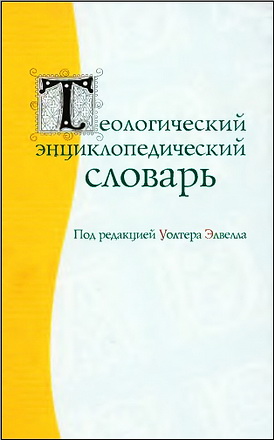
Painter, Silva - James and Jude
Paideia Commentaries on The New Testament
The distinctive language of the epistle signals that James develops this theme in a distinctive way, though not without significant relationship to the Jesus tradition and connections and tensions with Paul. This short epistle uses sixty-three words not found elsewhere in the NT, and ten of these are first known in James. Another nineteen are found only in James and Paul, and one of these is first known in their writings. The distinctive language not found elsewhere in the NT suggests that the epistle emerges from a stream of early Christianity not well represented in the NT. The language used only by James and Paul in the NT attests more common ground between the two than is usually acknowledged but also bears witness to significant tensions even in their use of shared distinctive language.
John Painter, David A. de Silva - James and Jude
(Paideia Commentaries on The New Testament)
Barker Academic, Grand Rapids, MI, 2012 - 256 pp.
ISBN 978-0-8010-3634-7
John Painter, David A. de Silva - James and Jude - Contents
List of Figures and Tables
Foreword
Abbreviations
James
- Preface to James
- Introduction to James
- Address/Salutation (James 1:1)
- Epitome of the Exhortation of James (James 1:2-27)
- Warning against Partiality (James 2:1-13)
- Faith and Works (James 2:14-26)
- The Tongue (James 3:1-12)
- God and the World (James 3:13-4:10)
- Admonitions and Warnings (James 4:11-5:6)
- Concluding Pastoral Advice (James 5:7-20)
Jude
- Preface to Jude
- Introduction to Jude
- Letter Opening (Jude 1-4)
- Intruders' Behavior Illumined from History (Jude 5-10)
- Intruders' Behavior Illumined from History, Nature, and Prophecy (Jude 11-15)
- Exhortations and Conclusion (Jude 16-25)
Bibliography
Index of Subjects
Index of Modern Authors
Index of Scripture and Ancient Sources
John Painter, David A. de Silva - James and Jude - Faith and Works (James 2:14-26)
Introductory Matters
James 2:14—26 returns to the relationship of faith and works, introduced in 1:22-27 under the imagery of hearing and doing, where the sense of the hearing of faith is evident. The opening question in 2:14 uses a word ("profit," ophelos) found only three times in the NT, twice in James (2:14, 16) and once in Paul (1 Cor. 15:32). Elsewhere in the NT, the cognate verb (opheleo) is used to the same effect (Matt. 16:26; cf. Luke 9:25). Use of this language in questions fits in with the dialogical style of James and the style of popular rhetoric.
In 2:19 the textual variants concern word order and the presence or absence of the definite article with "God" (theos). In this instance, the adopted reading (heis estin ho theos) conforms to the Jewish confession "God is one" and has the strongest textual support. Although "God" comes at the end of the clause, the use with the definite article after the verb "to be" identifies God as the subject.
That James here responds to the Pauline teaching of justification apart from works is confirmed by their common use of Gen. 15:6 (James 2:23; Rom. 4:3, 9, 22; Gal. 3:6), the wording of which suits Paul but not James. There is also their common use (James 2:18, 20, 26; Rom. 3:28; 4:6; cf. 3:21) of the words "apart from works" (choris ton ergon), which are not found in Gen. 15:6 LXX. It is not surprising that James appeals to the Aqedah, the binding and offering of Isaac, as an example of the obedient "work" of Abraham (James 2:21-22), but there is no support for this view in James's key text, Gen. 15:6 (James 2:23). There can be little doubt that this verse is chosen in order to refute those who (like Paul) use this text to teach justification through faith alone and apart from works.
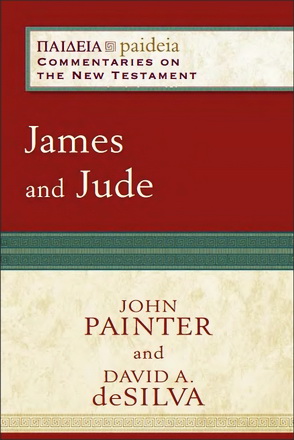
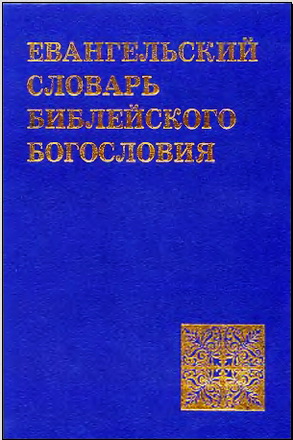
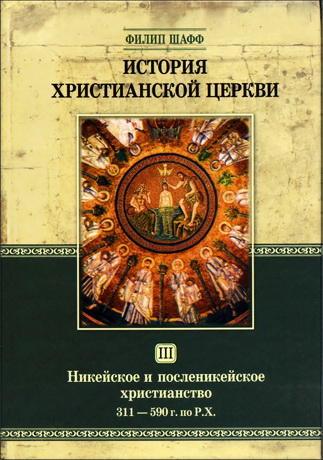
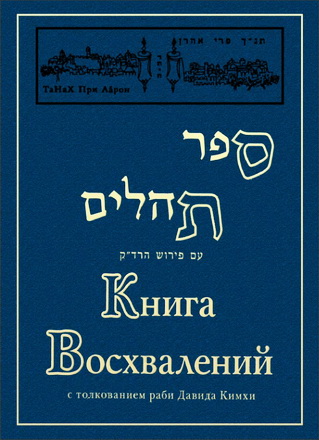

Комментарии (1 комментарий)
Посмотрите на фамилии этих известных теологов, чтобы решить, скачивать книгу или нет! Пайнтер также написал добротную монографию об историческом Иакове (Just James), в которой развестил свою рецензию на "научные" исследования Эйзенмана, так любимого Ю. Латыниной.